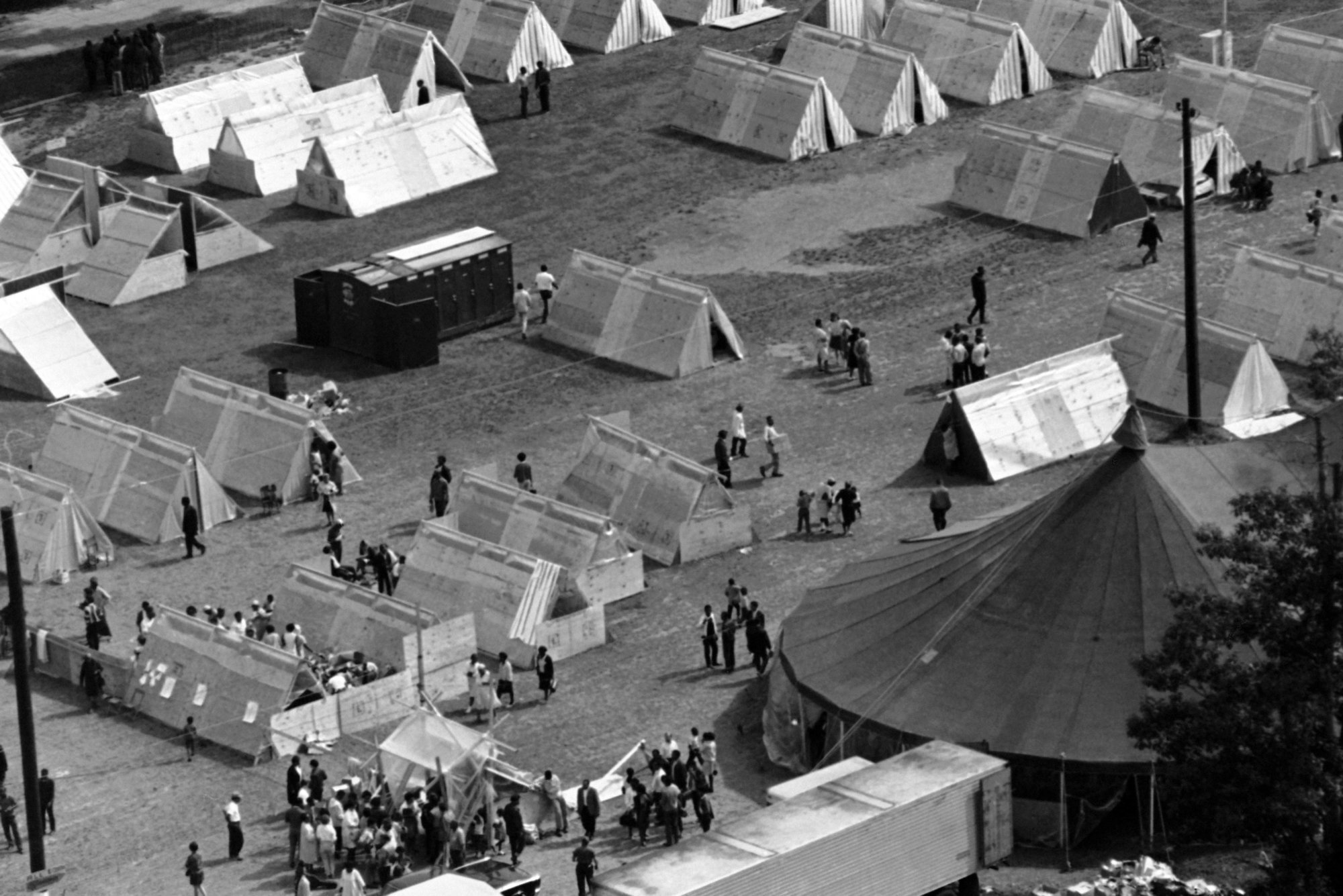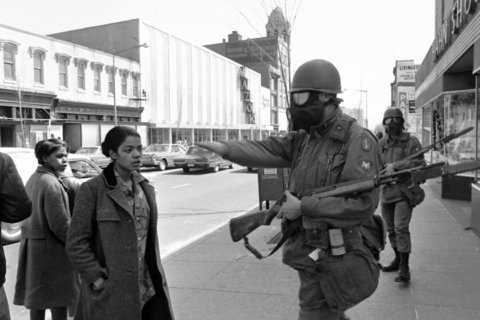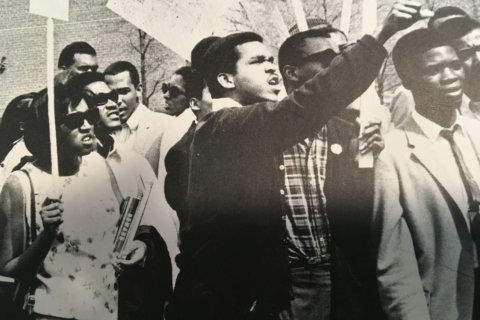WASHINGTON — Fifty years ago this week, the third infamous political assassination of the 1960s hit the United States. Sen. Robert F. Kennedy was shot June 5, 1968, right after giving a speech to celebrate his victory in the California Democratic primary for president.
He held on for about 24 hours, but died June 6. He was 42; his wife, Ethel, was pregnant with their 11th child.
He was the younger brother of President John F. Kennedy, who was assassinated in 1963; his death came just two months after the Rev. Martin Luther King Jr. was killed April 4, 1968.
Kennedy’s death, in the middle of a presidential campaign, raises questions about what might have been and what the country lost.
Peter Edelman, now a professor at the Georgetown University School of Law, was a Supreme Court clerk when he met Robert Kennedy, then U.S. Attorney General, in 1962. He began working for him in the Justice Department and stayed on, as did Kennedy, after President Kennedy was assassinated. By 1964, Edelman had decided to go to work for a New York law firm. Or, he had — until he found out that Kennedy was going to run for a U.S. Senate seat from New York.

He went to work for Kennedy’s campaign, becoming the expert on incumbent Republican Kenneth Keating’s record. After Kennedy won, the newly minted senator offered Edelman a job. Edelman’s immediate boss told him he should take the job for two years, then go into private practice. That never happened.
“Basically,” Edelman said, “the minute I went to work for him, it was clear that I was not going to leave after two years. … He was a man who one could already see was doing important things that would make a difference in our country.”
When Robert Kennedy worked for his brother as campaign manager and then attorney general, Edelman said, he had to align his policy preferences with the president’s. After John F. Kennedy’s death, “Robert Kennedy [had] to do it on his own. … [And] what shows up immediately are these questions about poverty and race [on] the top of the list on the domestic side.” He also became a strong voice against the Vietnam War, as well as for nuclear de-escalation and against apartheid in South Africa.
Kennedy’s advocacy for the powerless was perhaps unusual for someone who grew up with immense power and wealth, but Edelman said that was his way from early on.
“The friends that he made at the schools he went to were typically people who were there on scholarship, [or] on the edge of society one way or another,” Edelman said. The future senator’s best friend in high school at the Milton Academy was Dave Hackett, whom Edelman described as “a townie, from a lower-income family, there on scholarship.” Kennedy eventually appointed Hackett to a presidential committee.
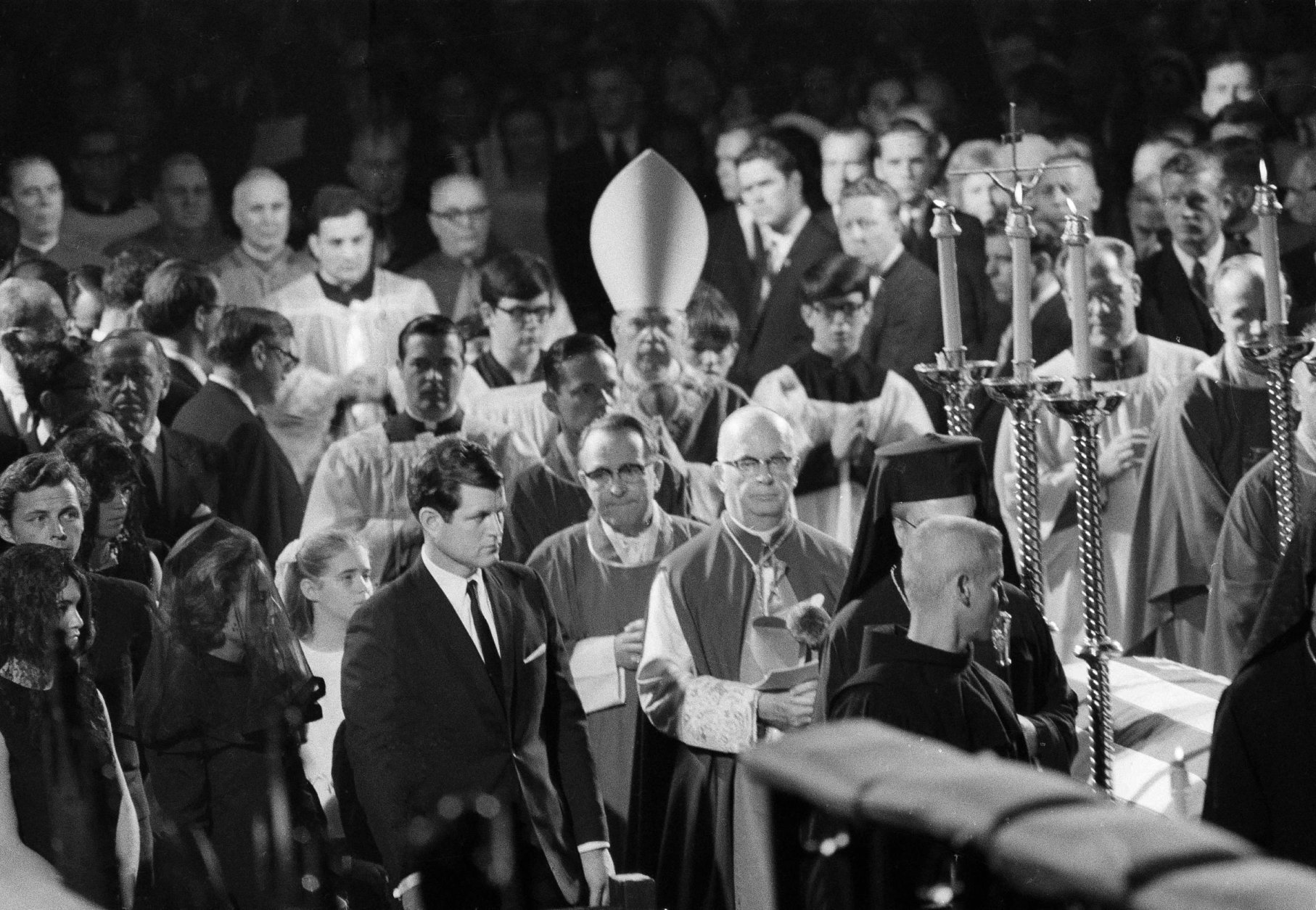
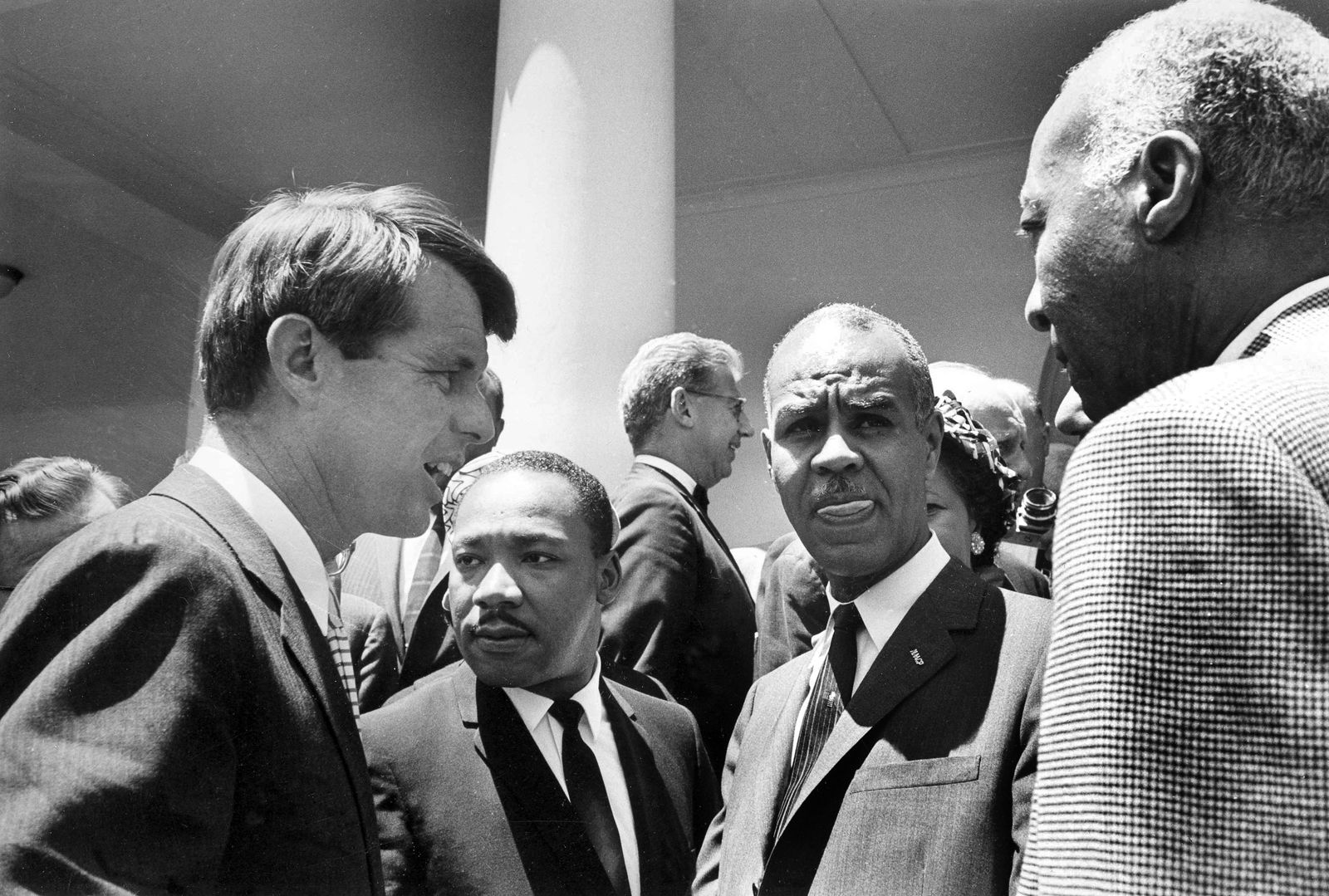
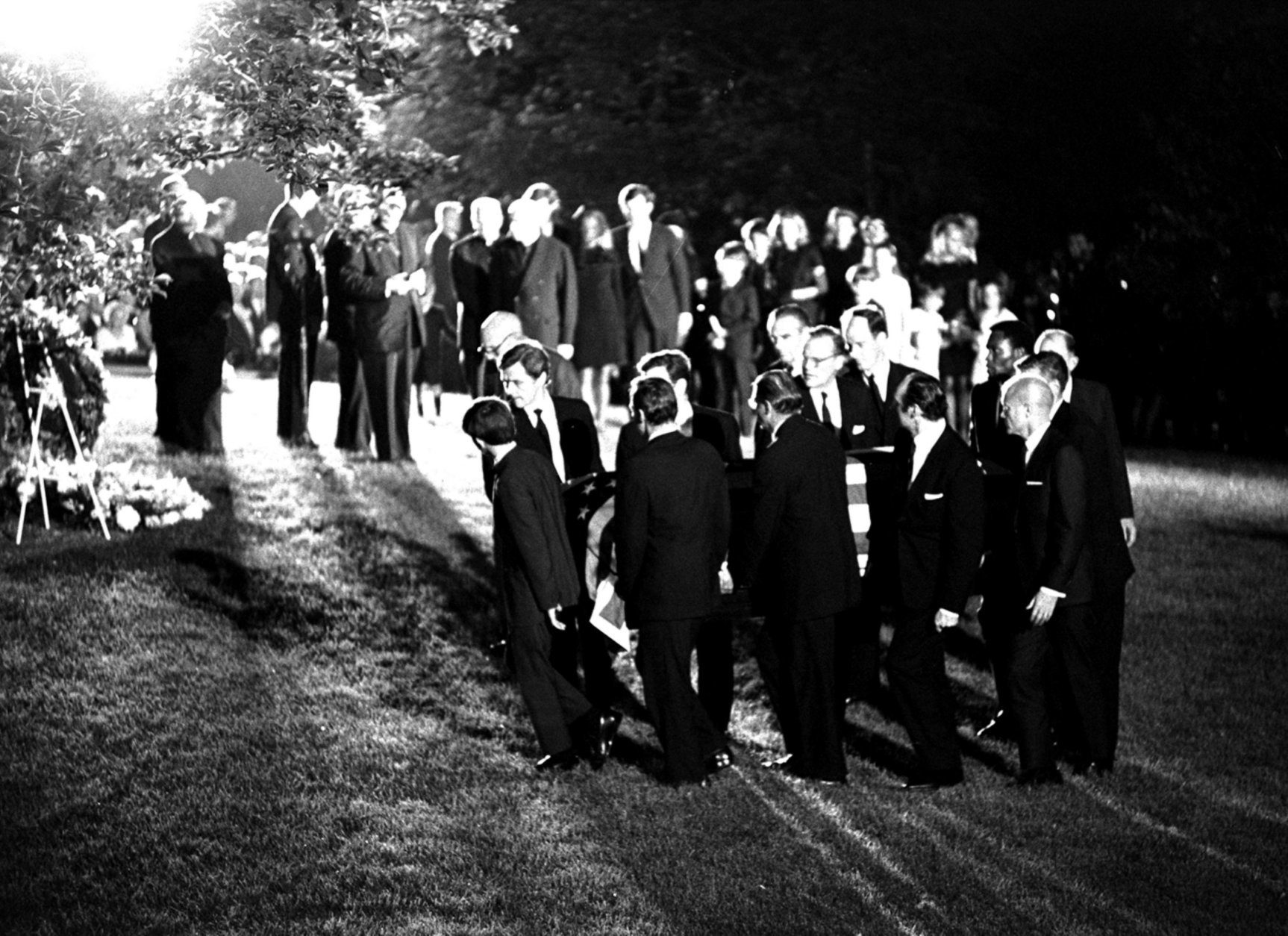
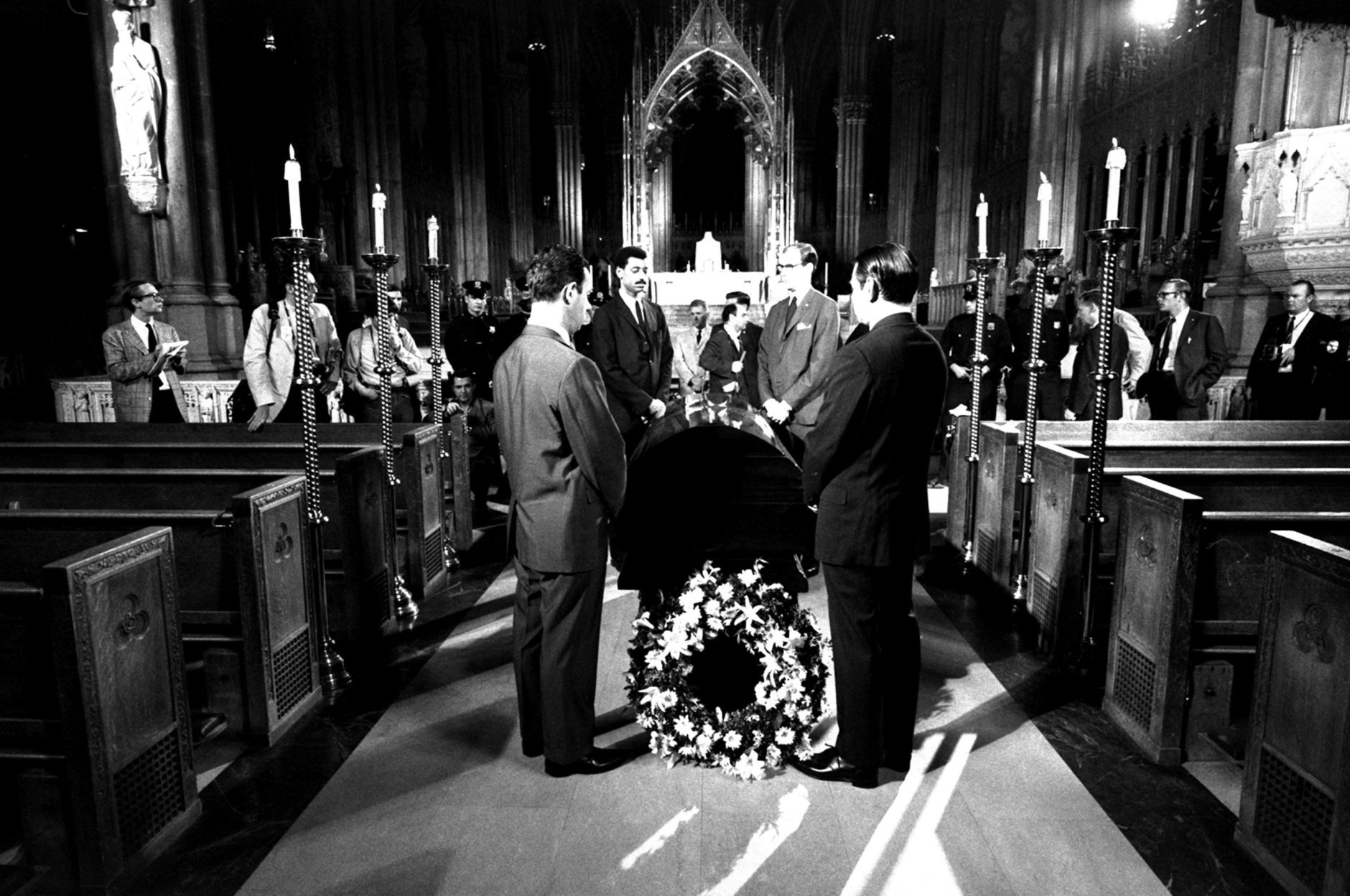
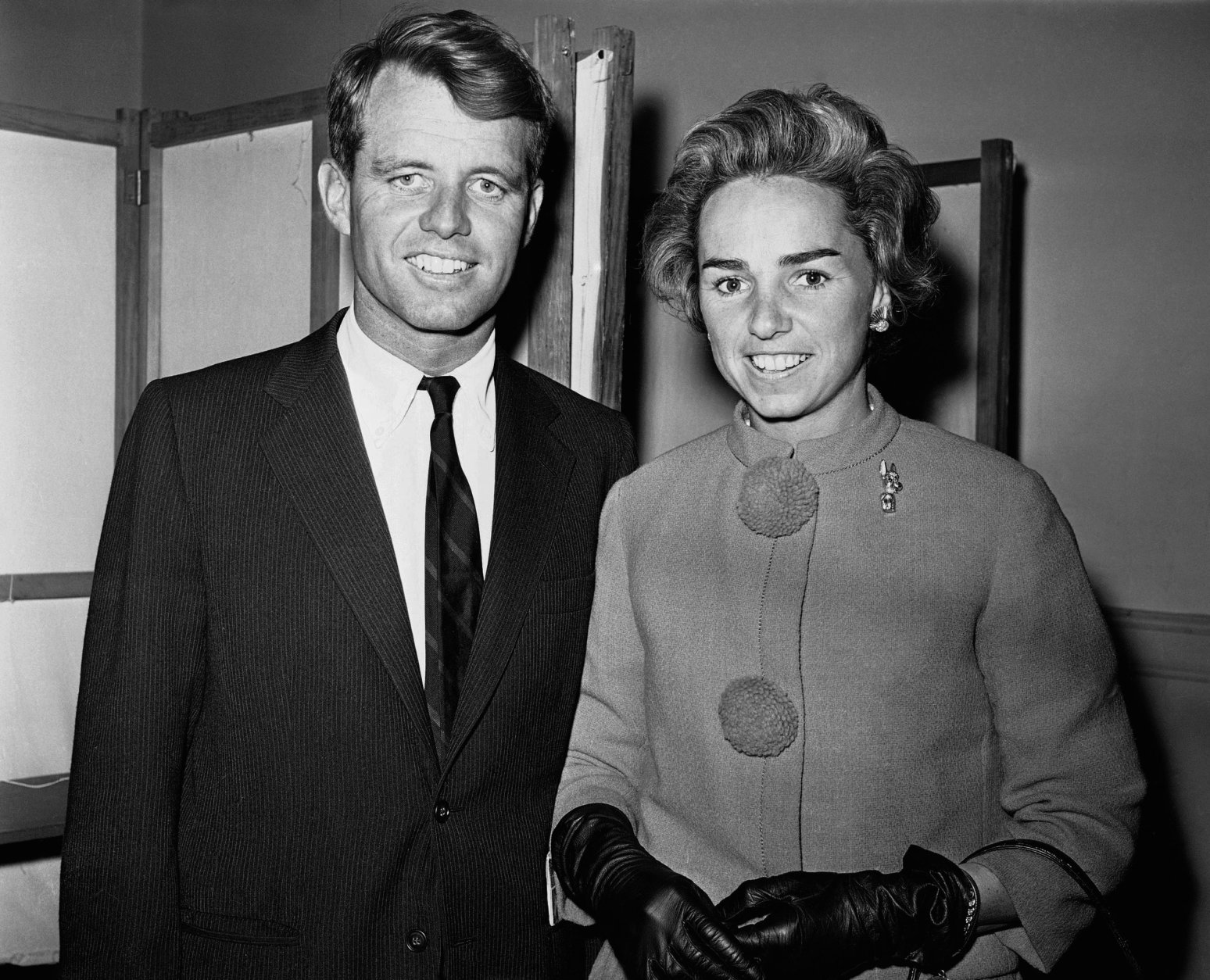
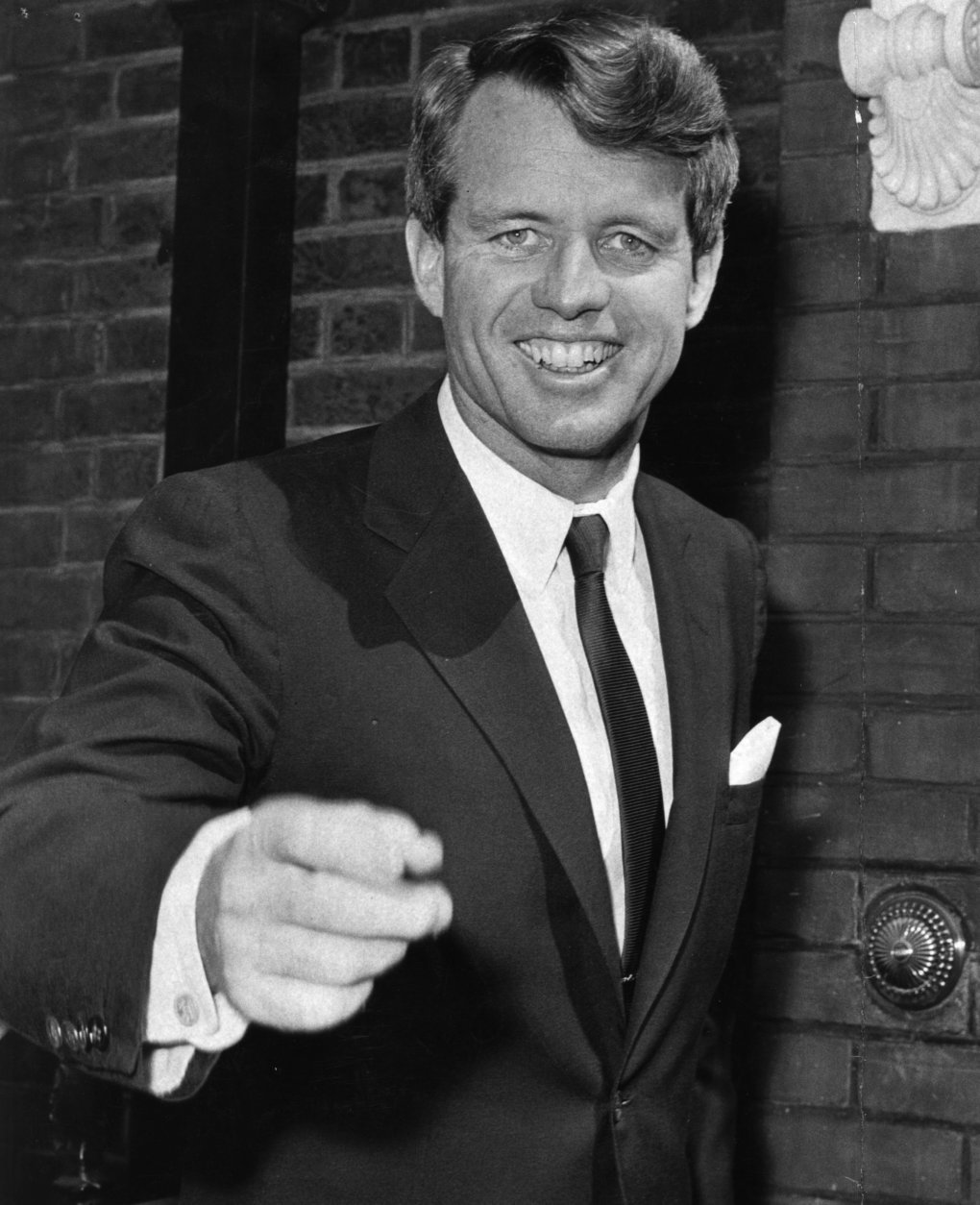
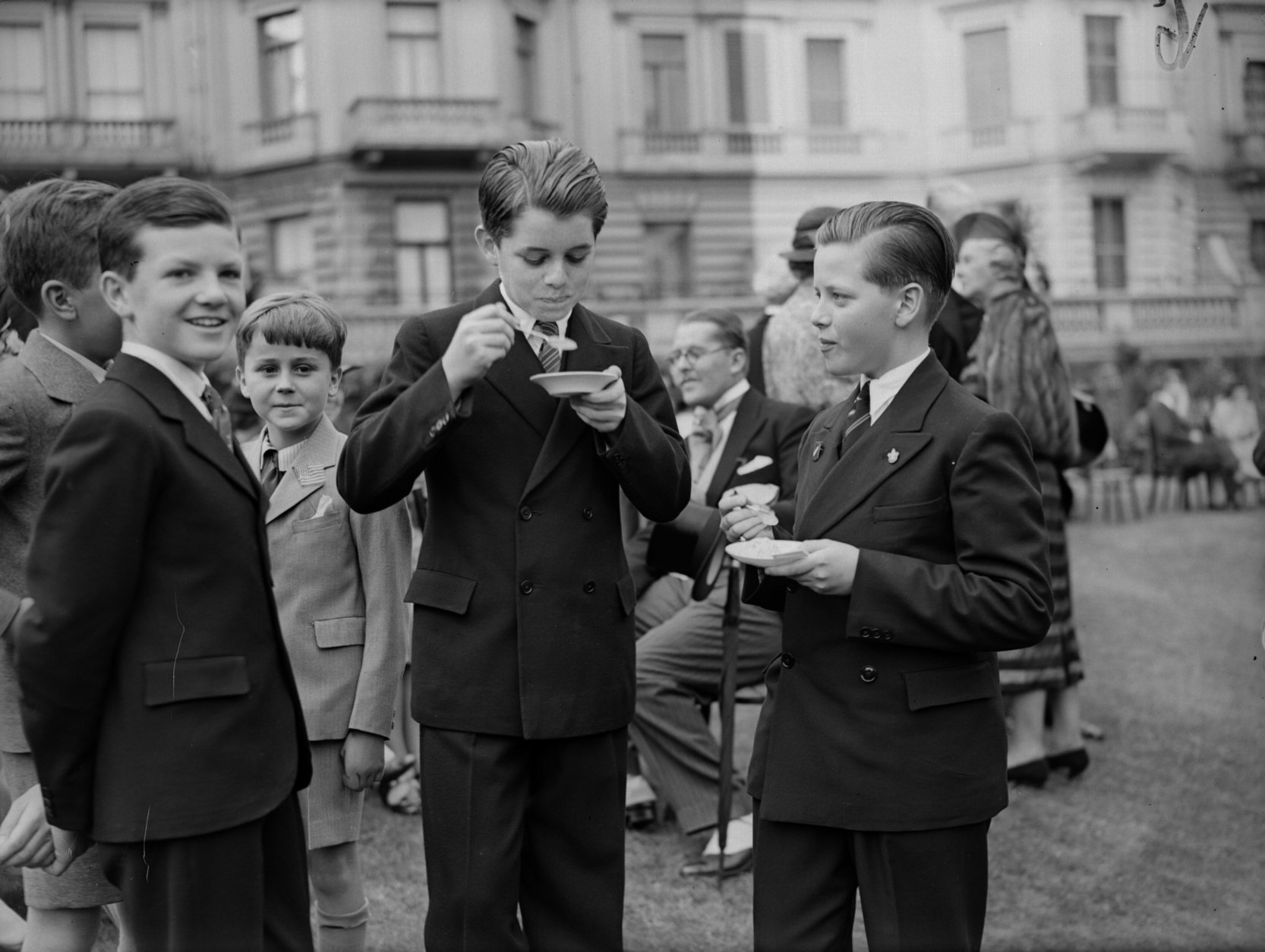
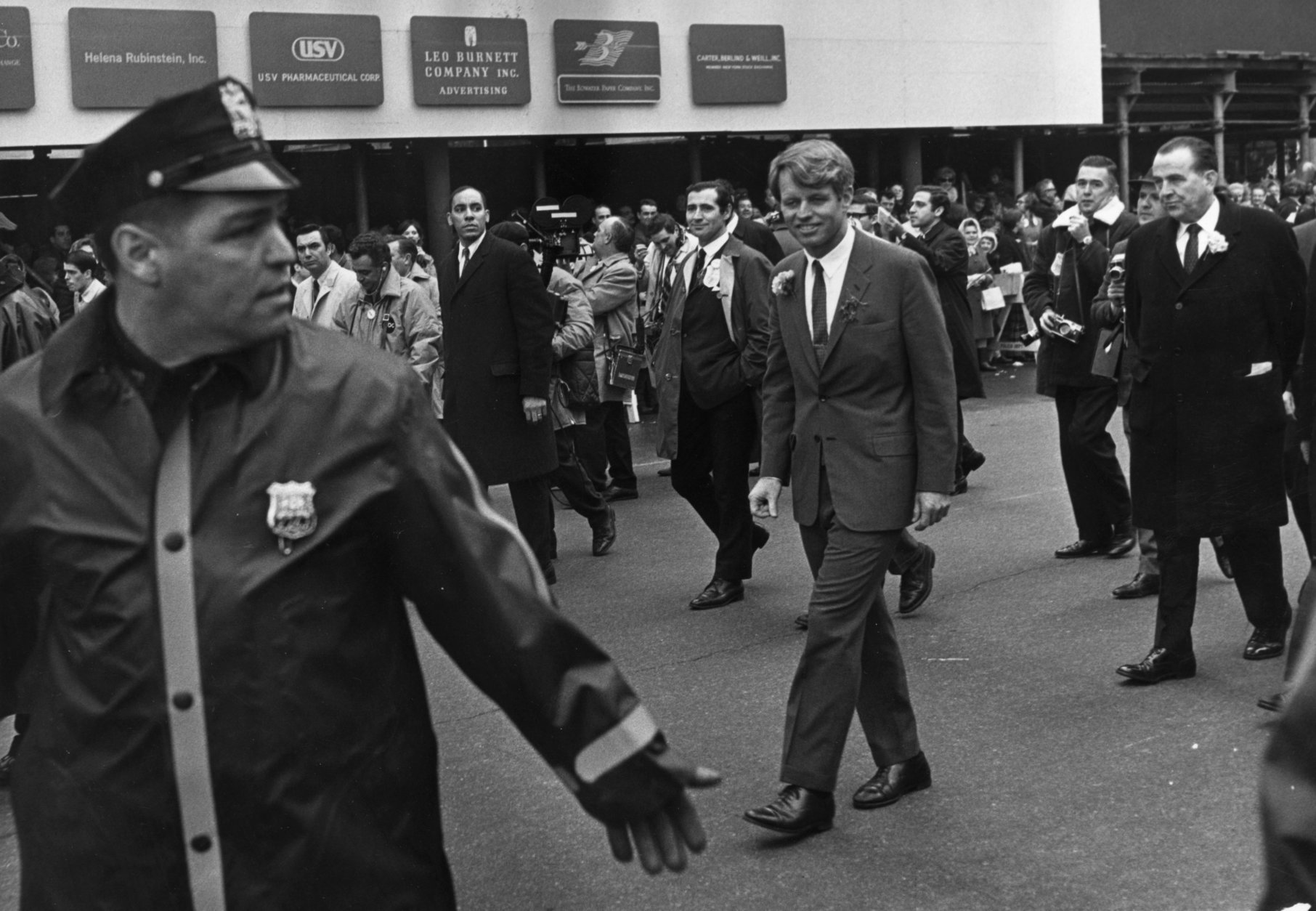
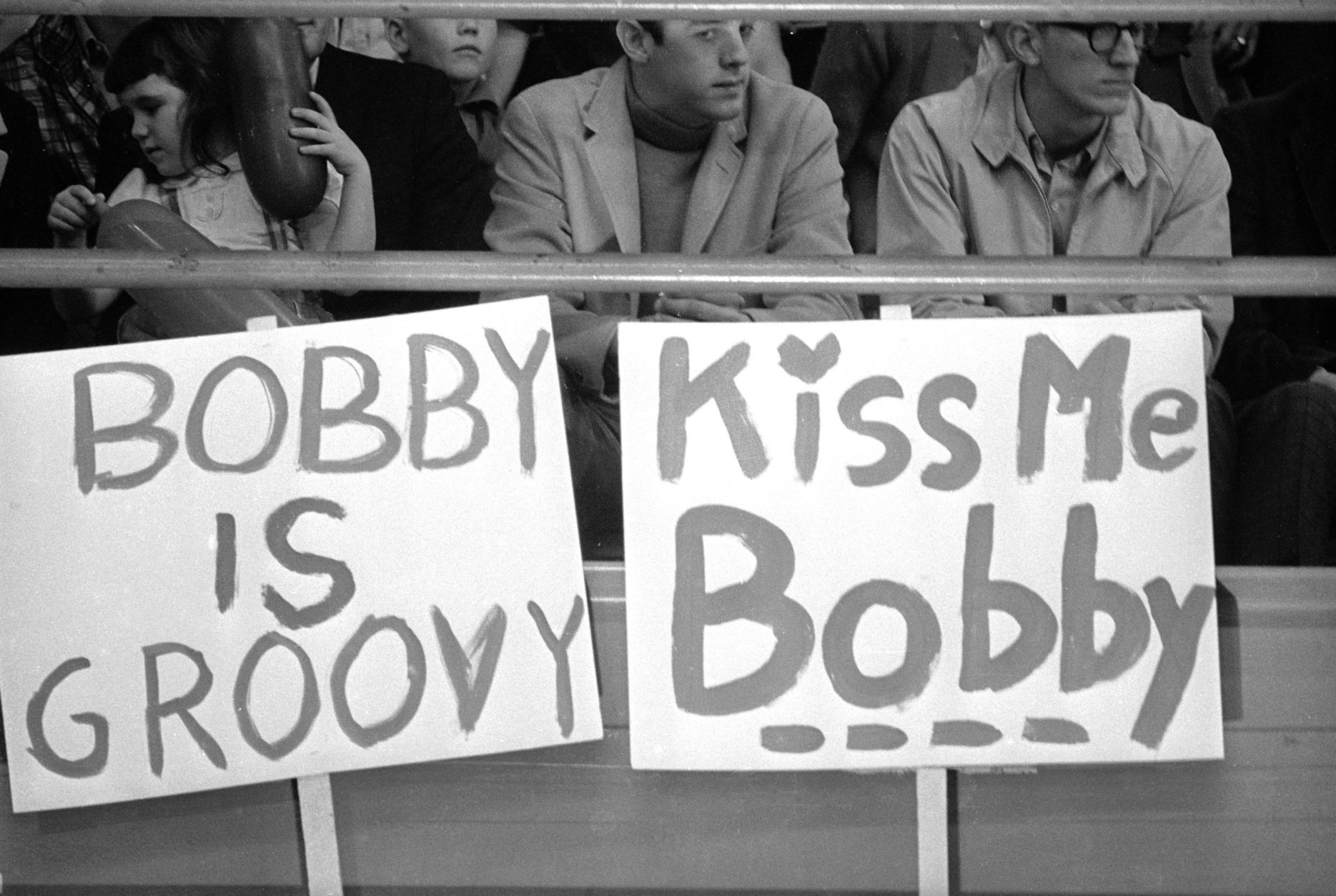
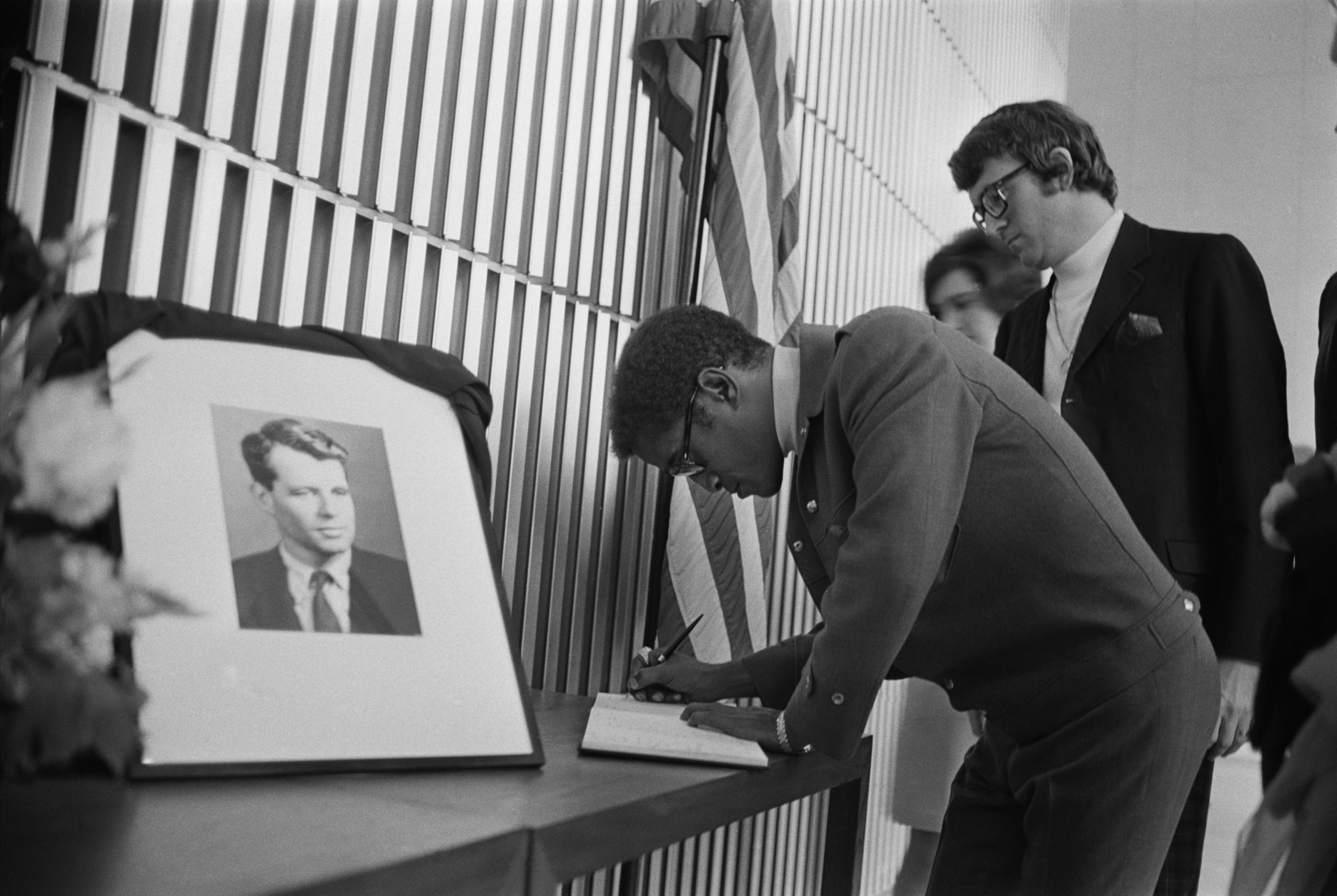
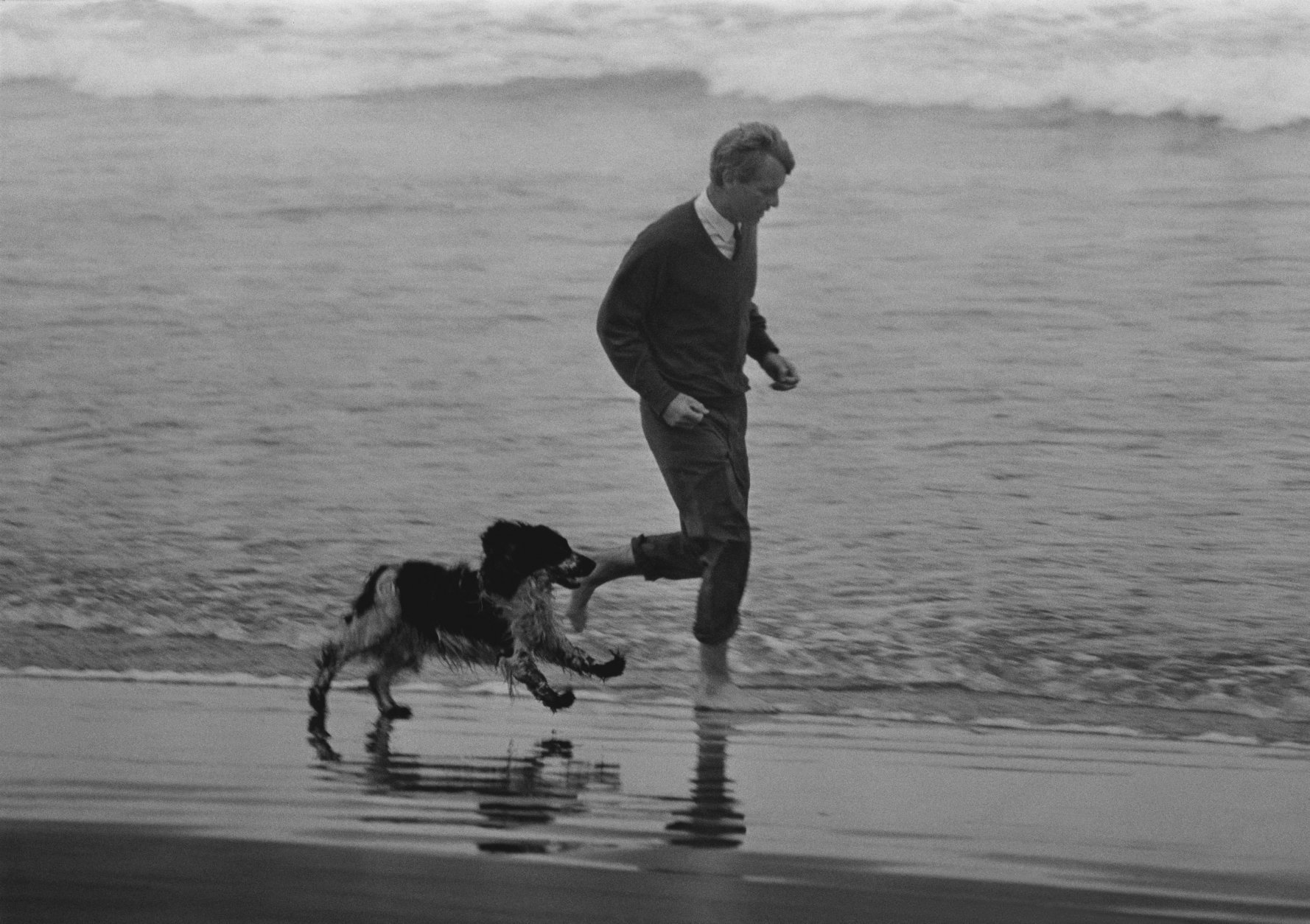
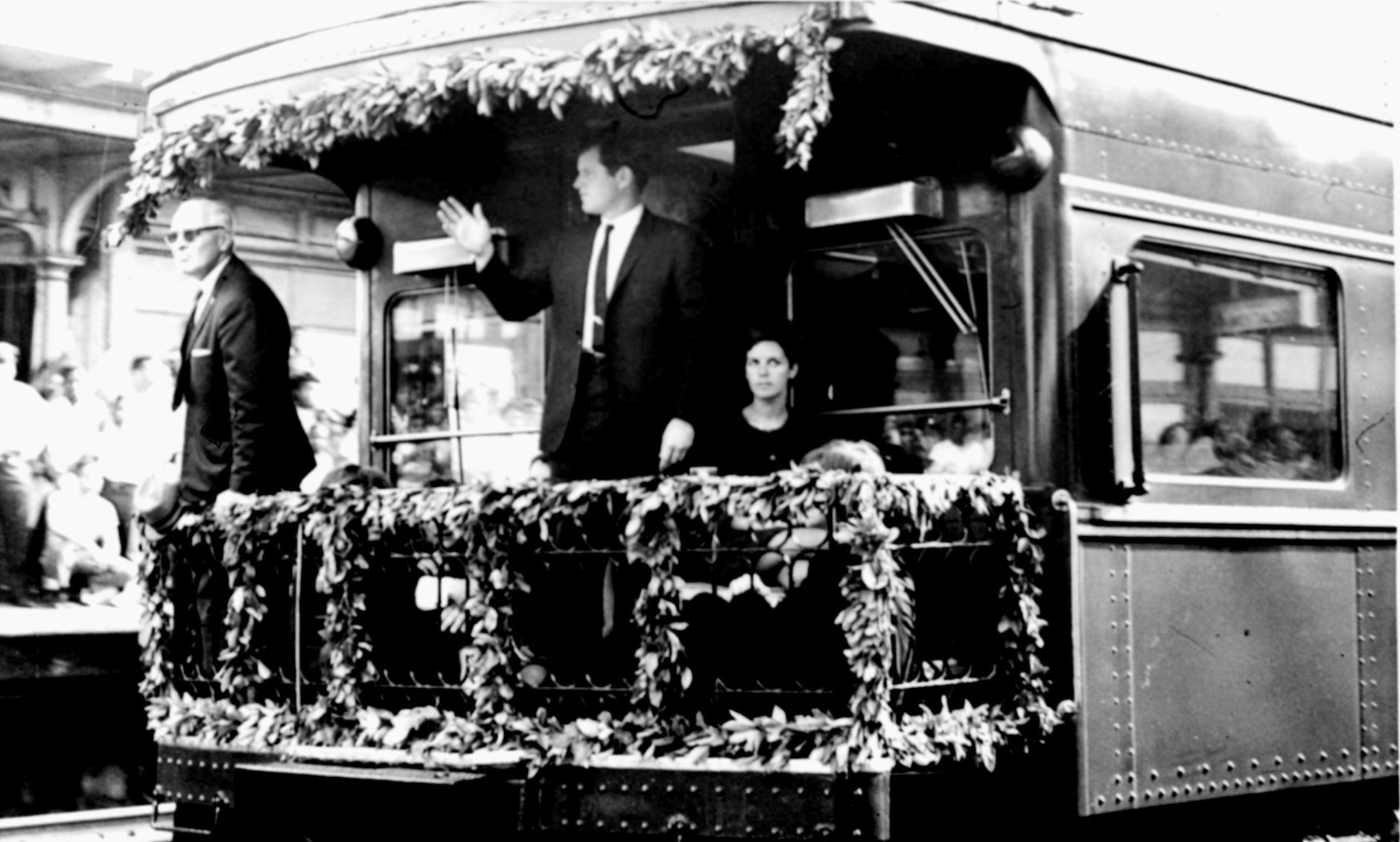
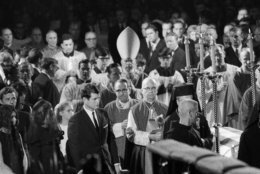
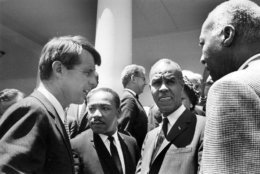
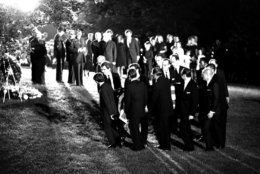
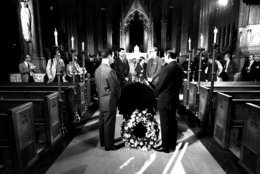
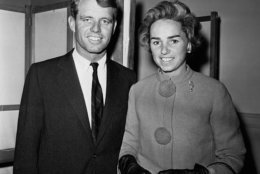
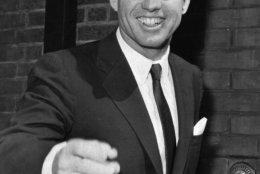
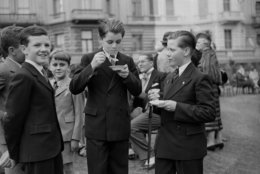
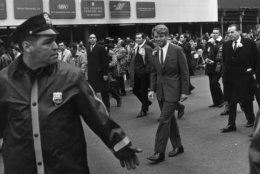
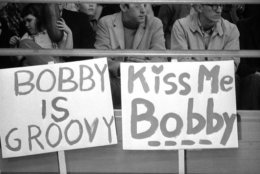
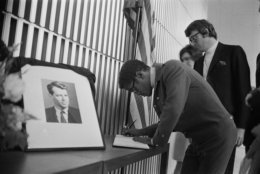
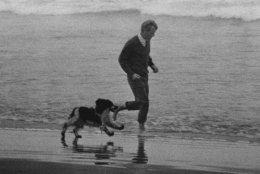
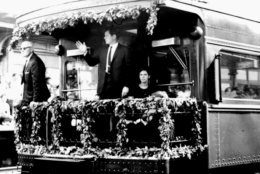
Working for Kennedy gave Edelman even more: He met his wife while working for the senator.
Civil rights lawyer Marian Wright, who worked with King and later founded the Children’s Defense Fund, testified in 1967 before a Senate subcommittee on poverty. She explained the extreme poverty people were facing in her native Mississippi — “children with swollen bellies and sores on their arms and legs that weren’t getting any better” — and said Kennedy, a member of the subcommittee, should come and see for himself.
Kennedy agreed, which didn’t surprise Edelman — he visited people whose own senators had never been to see them — and Edelman went ahead to Mississippi to set up the trip. While there, he saw Wright again; they’ll celebrate their 50th anniversary next month.
‘He just had to do it’
In January 1968, Kennedy said there were “no foreseeable circumstances” under which he’d run for president. On March 16, he announced he was running.
Conventional wisdom holds that the timing of Kennedy’s announcement was opportunistic, that he waited until he saw President Lyndon B. Johnson’s weak showing in the New Hampshire primary and seized his chance. That was a common criticism — after Kennedy’s death, The Washington Evening Star’s Mary McGrory wrote that he once told a friend, “No matter what I do, people think I am doing something else.”
Edelman was one of the few people Kennedy told about his candidacy before the announcement. He says that’s not how it happened.

“Kennedy was definitely torn,” Edelman remembered. On one hand, he said, Kennedy’s father had told him “you don’t do anything unless you know you’re going to win.” On the other, the senator felt “you go in on principle, whether you win or lose.” And when the Tet Offensive in Vietnam showed conclusively that the war there was not going as advertised by the Johnson administration, “he more and more realized that he just had to do it, whether he won or not.”
Edelman worked on the campaign, at first staying in Washington but eventually going on the road with the candidate.
“It was wonderful for me,” Edelman remembered. “The campaign was Robert Kennedy let out of this cage, really. You could see how much that part of his brain was itching to go after a contest with President Johnson. … It’s known that they didn’t like each other.”
Watching Kennedy give a campaign speech, Edelman said, “you can just see the passion coming out — what he’d been wanting for a long time to say. … John Kennedy was on the cool side, and Robert Kennedy was passionate. That didn’t work for everybody. But it did mean that … everyplace he went, he got enormous crowds.”
The campaign was 85 days of “high speed, warp speed” travel and speeches — and victories — until the Oregon primary, where Robert became the first Kennedy to ever lose an election. “That was a downer.”
Then came California.
‘Not again’
Edelman left California on the morning of June 4 for D.C. He wanted to see Wright, his fiancee at the time, “and also I hadn’t paid my income tax yet.” He also wanted to start getting ready for the New York primary, which was a week later.
As June 4 turned to June 5, Kennedy wrapped up his victory speech at the Ambassador Hotel in Los Angeles with “On to Chicago!” – the site of the Democratic National Convention. Minutes later, as Kennedy shook hands with supporters and workers in the hotel’s kitchen, he was shot by Sirhan Sirhan.
“There were others on the floor, five others wounded in all, bleeding and crying out,” The Associated Press reported. The crowd was “screaming, weeping and crying out, cursing and pleading, ‘Oh no no no, not again, oh no, no, no, not again.'” Rosey Grier, the massive football player who disarmed Sirhan, “wept like a baby.”
Edelman and Wright were asleep with the TV on in her apartment when at about 3 a.m. “there was a skirmish — some noise on the television that woke us up. And we saw what had happened. …
“You don’t tend to remember the exact thing that happened, but it was just shocking. Just not believable initially that it could have happened. His brother, Dr. King and now this. … Some of it was kind of the sense of being in a nightmare, and having to say ‘This is really happening.’”
‘Why not?’
Kennedy’s funeral Mass was held in St. Patrick’s Cathedral in New York. His brother, Sen. Edward Kennedy, D-Massachusetts, asked that Robert Kennedy be remembered “simply as a good and decent man, who saw wrong and tried to right it, saw suffering and tried to heal it, saw war and tried to stop it.”
In a speech that Edelman helped write, the younger Kennedy quoted his brother’s words:
Few will have the greatness to bend history itself, but each of us can work to change a small portion of events …. It is from numberless diverse acts of courage and belief that human history is shaped. Each time a man stands up for an ideal, or acts to improve the lot of others, or strikes out against injustice, he sends forth a tiny ripple of hope, and … those ripples build a current that can sweep down the mightiest walls of oppression and resistance.
And he recalled perhaps Robert Kennedy’s most famous saying — itself a quotation from George Bernard Shaw: “Some men see things as they are and say ‘Why?’ I dream things that never were and say ‘Why not?’”
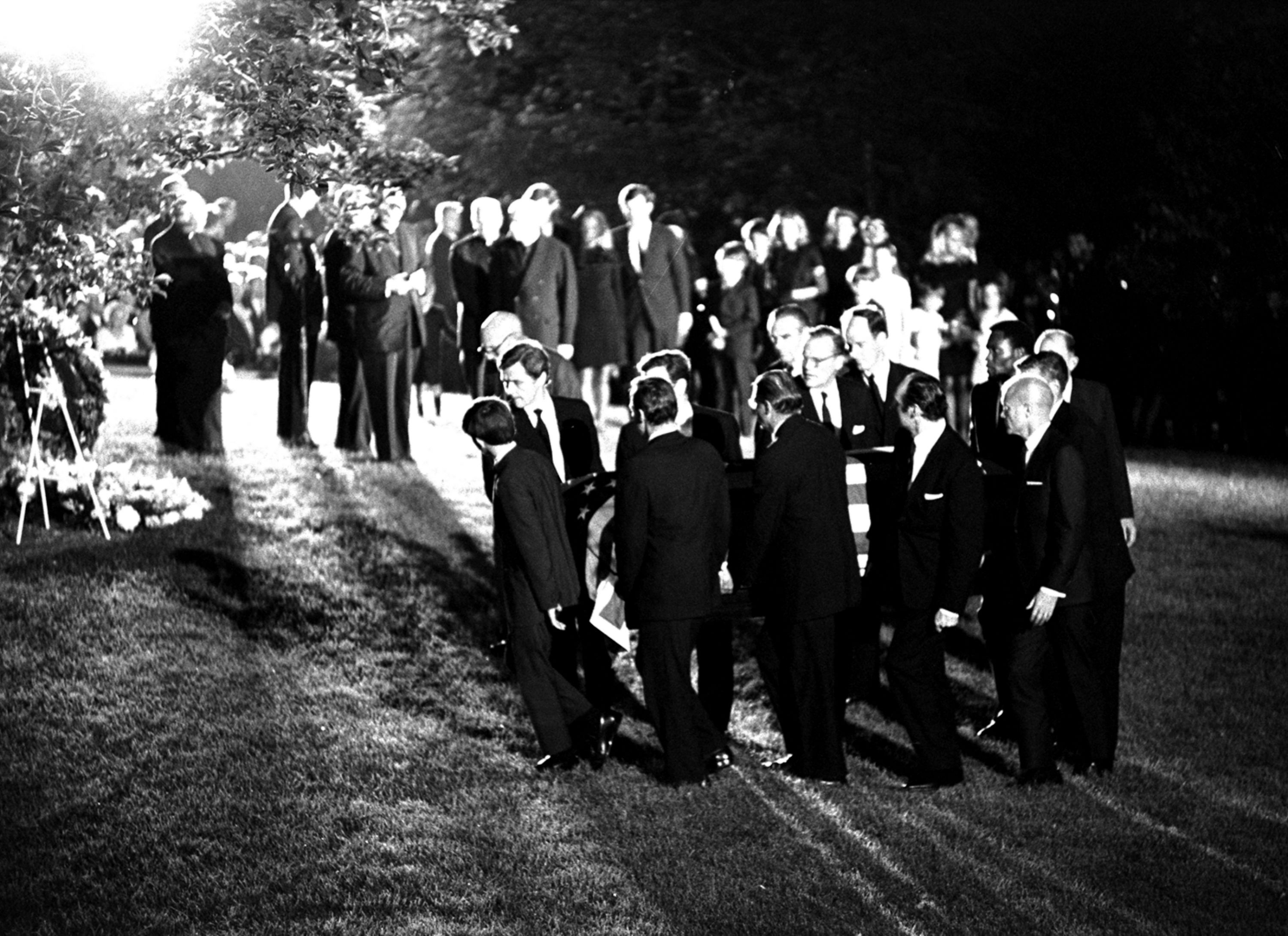
Kennedy was laid to rest that night in Arlington National Cemetery. In between came the experience that makes Edelman’s voice go soft half a century later: the train that brought Robert Kennedy’s body from New York to D.C.
It rolled into Union Station about four and a half hours late, due to the thousands of people who turned out to salute the train, sing, hold flags and signs, or just watch as it rolled by.
The Evening Star wrote, “as the train … made its way slowly through the cities and countryside of New Jersey, Delaware and Maryland, men, women and children stood massed along the way. … Two men on a tug in a river stood at stiff salute. Nuns and Negroes, sawmill workers and housewives, girl scouts and veterans — all had turned out … for a man — and a family — who have experienced more than enough tragedy already.”
“That tells you what this man was about,” Edelman says now. “Because the people who were out there, they were every kind of diversity. They were white, black, Latino, old, young. And the signs that they had — it was just so powerful.”
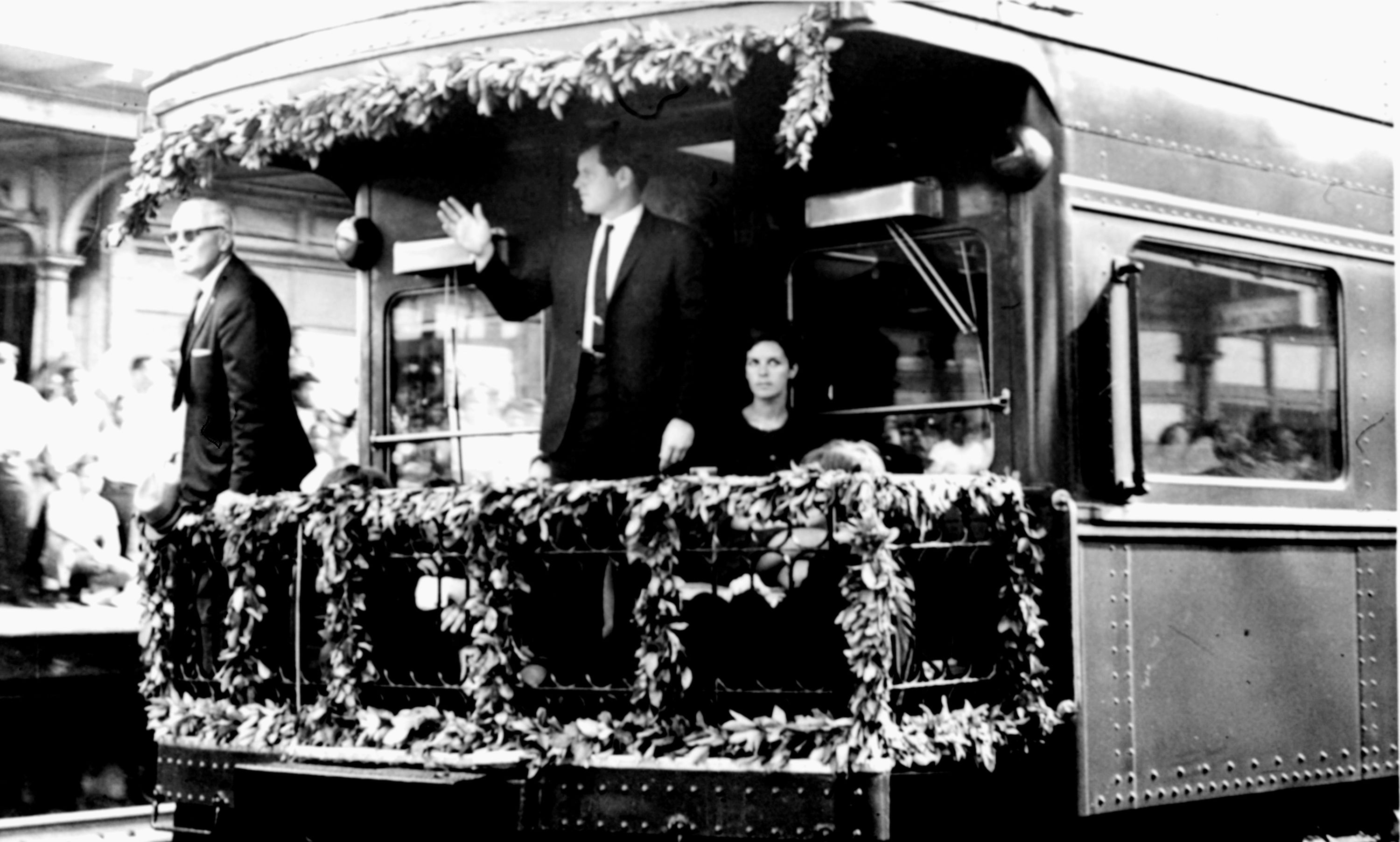
From Union Station, the procession rolled through D.C. past a crowd estimated at about a half-million, including King’s posthumously realized Resurrection City encampment. Cecil Smith, of Charleston, South Carolina, was quoted by The Evening Star as calling Kennedy “a wonderful man — a man of everybody.” Juanita Johnson, of Southeast, called him “a man who has earned all the respect my race can give him.”
The Associated Press wrote of the funeral in Arlington: “The long journeys that began near Boston and paralleled each other to Washington and separated in Dallas and Los Angeles were now joined again.”
What if?
The question is perhaps inevitable: Would Robert F. Kennedy have been elected president? And what if he had?
Edelman said the real challenge would have been beating Vice President Hubert H. Humphrey for the Democratic nomination, but that he probably could have managed that due to the unpopularity of the Vietnam War, in which Humphrey was a central figure. As for the general election, “I think he would have defeated Nixon pretty easily, actually.”
If that had happened, Edelman said, “You never would have had Nixon as a president. How about that? That’s good.” That means no Watergate scandal, and an eventual end to the Vietnam War, which cost so much in terms of lives and the loss of trust people had in the government.
“He would have stopped the war,” Edelman declared flatly.
A President Robert F. Kennedy “would have made a major, major effort on the question of racial justice in our country, which remains an issue,” Edelman added. “Of course it wouldn’t solve all those problems, but it would have taken us in a different direction.”
Edelman added that the very period during which Kennedy would have been president was the beginning of the loss of industrial jobs in the U.S. “And we’ve never responded fully [to that], up to the election of Donald Trump. I like to think that Robert Kennedy would have seen ahead and made a difference on that.”
“We haven’t been straightforward about how mammoth the problem is,” Edelman added. “The heart of what [Kennedy] said to people about poverty was about jobs,” including “creating work if necessary. … People of all races responded to that.”
‘One joyous event’
Books about Kennedy are numerous — several line the walls of Edelman’s office; he’s written one himself. Asked for something about Robert Kennedy not many people know, he said Kennedy’s staff was “a kind of a family that worked really hard, but we liked each other. He was funny, and whenever there was a difficult moment, somehow he had something to say — usually a remark about himself.”
And he loved children.
“We know this — he had 11 children. But there are so many stories of being out in a parade and driving from one place to another in a city, and picking up some child who came up. And they would get into a conversation, and drive all the way across town and realize that they had to take this child back! They had to figure out where it was that they had been.”
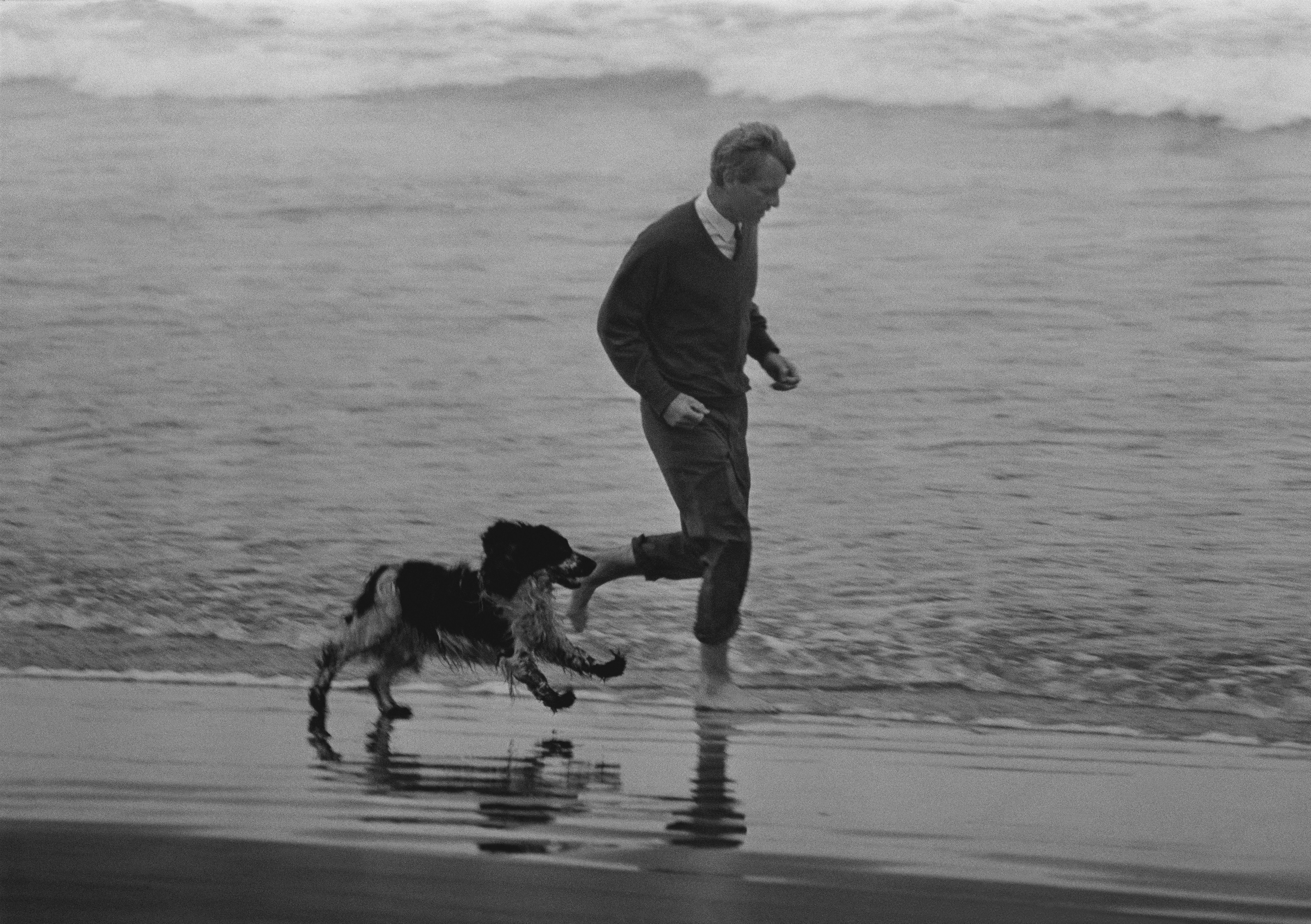
“If you watch a film [of Kennedy] with children, he’s got a touch. The way he learns is, every sense is involved. It’s listening, it’s the sort of taste of the air, if you will; it’s touching.”
Both of their bosses had been assassinated in the previous two months, but Wright (now Marian Wright Edelman) and Edelman got married in July of that year. They were the third interracial couple to get married in Virginia, just a year after Loving v. Virginia.
“We thought we were going to get married anyway,” Edelman said, but between the Kennedy campaign and King’s Resurrection City encampment and other efforts, they didn’t think they were going to have time in 1968. It turned out that they did.
“But also in a larger way,” Edelman said, “for us and dear friends and family, it at least would be one joyous event taking place in 1968, a year where there was so much sorrow.”


